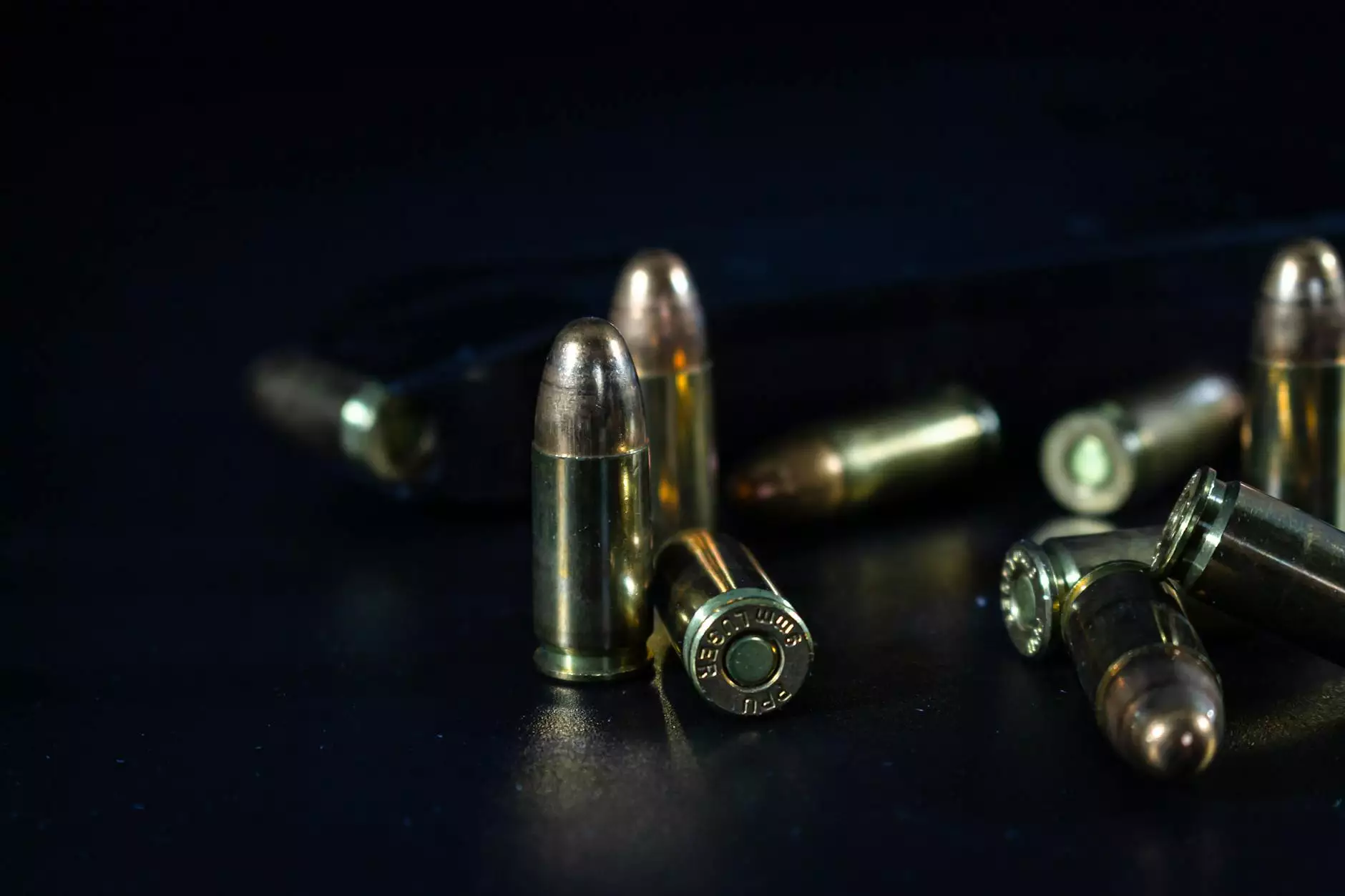Reloading - Page 27
Ammo
Introduction to Reloading
Reloading, in the context of sports, hunting, and shooting, refers to the process of crafting your own ammunition. While buying factory-made ammunition is convenient, reloading offers enthusiasts numerous advantages such as cost savings, customization options, and improved accuracy. Lance Keller is here to help you dive deeper into the world of reloading and equip you with the knowledge and skills you need to excel.
Benefits of Reloading
1. Cost Savings
Reloading ammunition can provide significant cost savings compared to buying factory ammunition. By reusing spent casings and buying components in bulk, shooters can save a substantial amount of money over time. Lance Keller can guide you on sourcing affordable reloading supplies without sacrificing quality.
2. Customization Options
Reloading allows shooters to customize ammunition based on their specific needs and preferences. Whether you are looking to optimize performance for target shooting, hunting, or competitive shooting, Lance Keller can help you understand the nuances of various components like bullet types, powder charges, and primers to achieve the desired results.
3. Improved Accuracy
One of the main benefits of reloading is the potential for improved accuracy. By carefully selecting and fine-tuning components, load development, and meticulous handloading techniques, shooters can achieve greater precision and consistency in their shots. Lance Keller will walk you through the intricacies of load development and share valuable tips to enhance accuracy.
Essential Reloading Equipment
Reloading requires some specialized equipment to ensure safe and efficient ammunition production. Here are a few essential tools every reloader should have:
- Reloading Press: The heart of any reloading setup, a reloading press is used to resize and deprime spent casings and insert new primers.
- Die Set: Die sets are essential for resizing, decapping, and bullet seating.
- Powder Scale: A precise powder scale ensures accurate powder charges for consistent performance.
- Case Tumbler: A case tumbler is used to clean and polish the brass casings, improving their appearance and functionality.
- Case Trimmer: Trimming cases to the correct length is crucial for maintaining reliability and accuracy.
- Calipers: Calipers allow precise measurements of case length, overall cartridge length, and bullet seating depth.
- Priming Tool: A priming tool is used to insert new primers into resized casings.
Reloading Safety Measures
It's crucial to prioritize safety when engaging in reloading activities. Lance Keller emphasizes the following safety measures:
- Eye and Ear Protection: Always wear suitable eye protection and hearing protection when reloading and shooting.
- Follow Reloading Manuals: Use reputable reloading manuals as your primary source of load data and always adhere to the recommended guidelines.
- Storage and Handling: Store powders, primers, and other hazardous materials properly to prevent accidents or degradation.
- Double-Check Loads: Always double-check your powder charges, bullet seating depth, and overall cartridge length to ensure consistency and safety.
- Inspect Cases: Regularly inspect brass cases for signs of wear, cracks, or deformities before reloading.
- Proper Ventilation: Reloading should take place in a well-ventilated area to minimize the risk of exposure to fumes and prevent the accumulation of potentially hazardous particles.
Exploring Different Bullet Types
Choosing the right bullet type is essential for achieving the desired performance in shooting activities. Understanding the characteristics of various bullet designs is crucial. Here are a few common bullet types:
- Full Metal Jacket (FMJ): FMJ bullets feature a soft lead core encased in a harder metal, typically copper. They are primarily used for target shooting and training.
- Hollow Point (HP): HP bullets have a hollow cavity in the tip, which aids in expanding upon impact. They are commonly used for hunting and self-defense.
- Open Tip Match (OTM): OTM bullets are designed for superior accuracy and consistency. They are commonly used in precision rifle shooting competitions.
- Ballistic Tip: Ballistic Tip bullets feature a plastic tip combined with a lead core. The tip aids in long-range accuracy and initiates rapid expansion upon impact.
- Soft Point (SP): SP bullets have a lead tip exposed, allowing controlled expansion. They are popular for hunting applications.
- Frangible: Frangible bullets are designed to break apart upon impact, reducing the risk of over-penetration. They are often used in close-quarters shooting or shooting steel targets.
Tips for Successful Reloading
To ensure a successful and rewarding reloading experience, consider the following tips:
- Start with a Reloading Manual: A reputable reloading manual is an invaluable resource. Read it thoroughly to understand the reloading process, safety precautions, and load data.
- Invest in Quality Components: Using high-quality brass, bullets, primers, and powders can significantly improve reliability, accuracy, and consistency.
- Consistently Monitor Powder Charges: Accurate and consistent powder charges are crucial. Use a reliable powder scale and double-check the weight before every reloading session.
- Develop and Test Loads: Developing and testing different loads with varying bullet weights, powder charges, and seating depths will help you find the best-performing combinations for your firearm.
- Keep Detailed Records: Maintain a reloading logbook to document each step of the reloading process, including components used, charge weights, and results. This will aid in replicating successful loads and diagnosing any issues.
- Continuously Learn and Improve: Reloading is a journey of continuous learning and improvement. Stay updated with the latest techniques, equipment, and safety practices to enhance your reloading skills.
Conclusion
Lance Keller aims to provide a comprehensive resource for enthusiasts interested in the art of reloading within the sports, hunting, and shooting domains. By exploring the benefits of reloading, essential equipment, safety measures, bullet types, and tips for success, you are well on your way to becoming a proficient reloader. Start your reloading journey today with Lance Keller and unlock a world of customization, cost savings, and improved performance.




